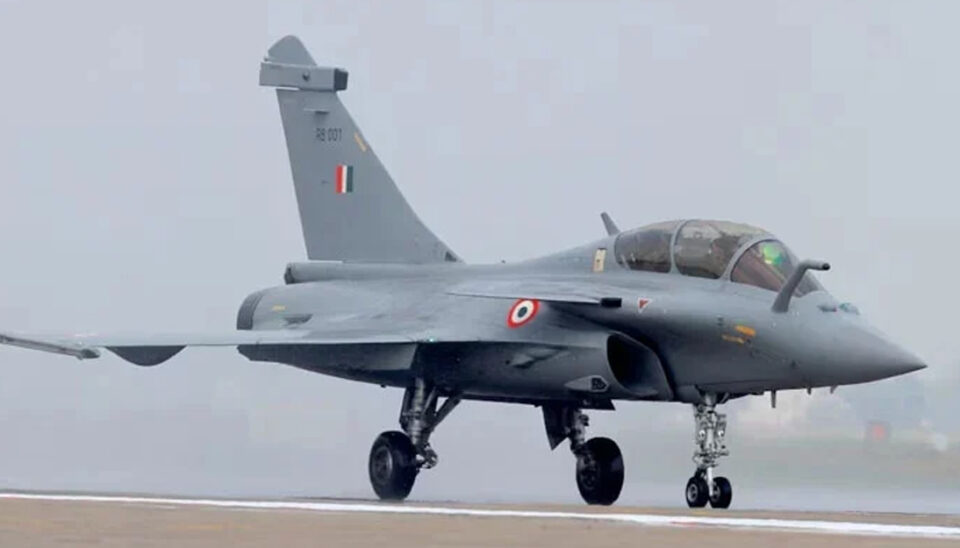🇮🇳 Indian Army: Operational Challenges
Personnel Strength & Combat Preparedness
The Indian Army boasts approximately 1.2 million active-duty personnel. While this substantial force is a strategic advantage, its effectiveness in large-scale, high-intensity engagements is contingent upon adequate training, equipment, and logistical support.
Munitions & Artillery Readiness
A Comptroller and Auditor General (CAG) report highlighted critical shortfalls in essential munitions categories, including artillery projectiles, main battle tank (MBT) ammunition, and anti-tank guided missiles (ATGMs). Current stockpiles are alarmingly limited, sufficient for only 10 days of high-intensity kinetic operations, falling short of the mandated 40-day war wastage reserve (WWR) required for sustained combined arms engagements.
Artillery Modernization Delays
The Army’s artillery modernization program, encompassing 155mm towed and self-propelled howitzers, remains critically delayed. Only 145 M777 ultra-light howitzers have been integrated into the force structure against a projected requirement of 1,500 systems.
Border Infrastructure & ISR Capabilities
India’s border infrastructure along the LoC remains underdeveloped, hampering sustained operational readiness. Inadequate hardened fortifications expose positions to precision-guided munitions and cross-border artillery. Additionally, deficiencies in real-time Intelligence, Surveillance, and Reconnaissance (ISR) infrastructure impede situational awareness, leaving forces vulnerable to asymmetric tactics.
✈️ Indian Air Force: Capacity Constraints
Squadron Strength & Future Projections
The Indian Air Force (IAF) currently operates approximately 31 fighter squadrons, including 36 Rafale jets. This number falls short of the sanctioned 42 squadrons, with projections indicating a potential increase to 35–36 squadrons by the mid-2030s, contingent upon timely inductions and no further delays. The Financial Express
Combat Aircraft Deficit
Experts suggest that the IAF requires an additional 400 fighter jets to effectively counter combined threats from adversaries, particularly in contested regions like the Himalayas. Meta-Defense.fr+1Meta-Defense.fr+1
Pilot Training & Readiness
The IAF faces a shortage of trained pilots, with a pilot-to-aircraft ratio below the ideal 1.5:1. Delays in simulator-based training for new platforms, such as the Rafale, exacerbate this issue, potentially impacting rapid decision-making and operational effectiveness in a high-intensity conflict.
🔍 Strategic Implications
In the event of a high-intensity conflict, India’s military faces significant challenges in sustaining prolonged engagements due to deficiencies in munitions, artillery, border infrastructure, ISR capabilities, and air combat readiness. These gaps could impede effective force projection and operational success against peer adversaries.
Addressing these shortcomings is imperative for enhancing India’s defense preparedness and ensuring a robust response to potential threats along the LoC and beyond.

